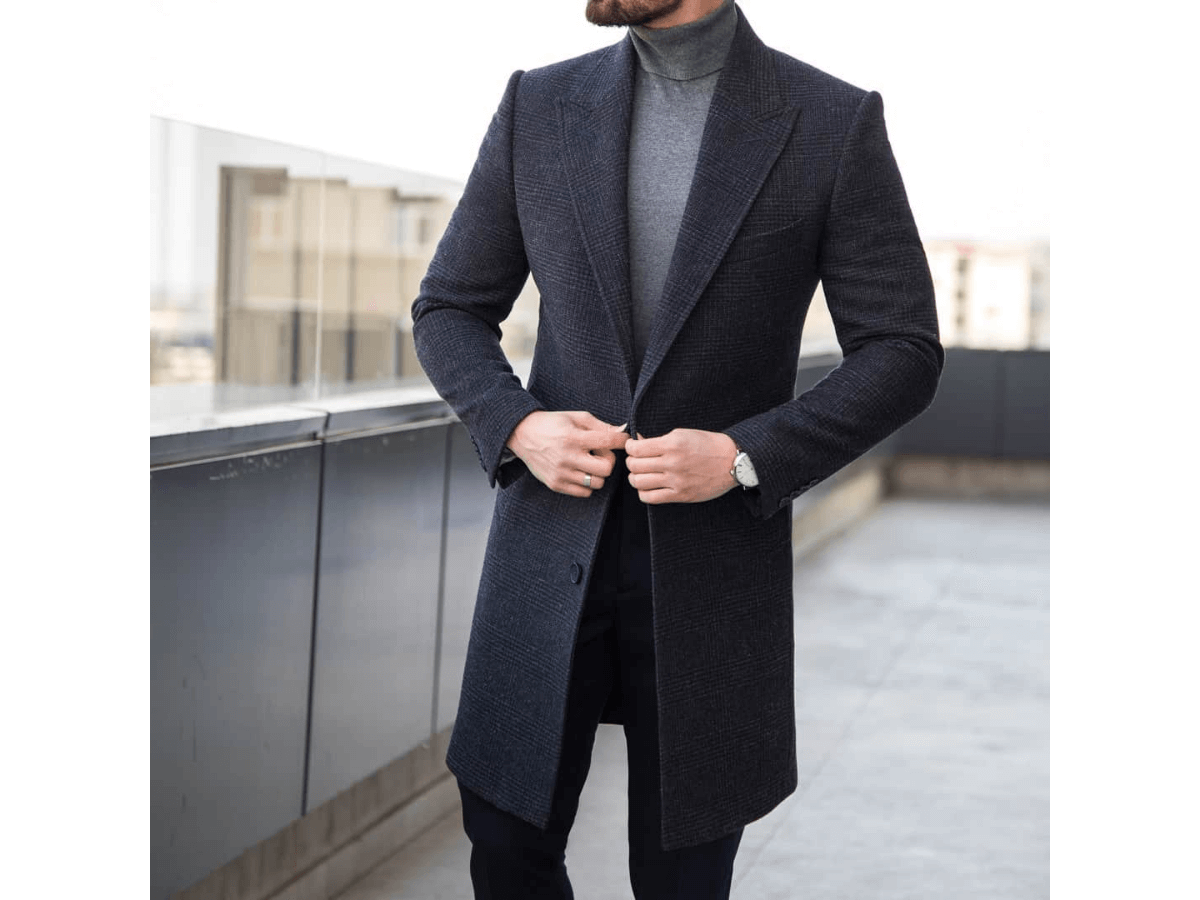The Chesterfield is a men’s coat with simple vertical seams, no side part, and a velvet collar that is often gray with black. The velvet collar is the distinguishing characteristic of the chesterfield coat.
It is supposed to be based on the black stripes sewed onto the coats by followers of the Ancien Regime after Louis XVI’s execution in 1793. This final piece is most likely made up, despite its romantic and appealing nature.
Table of Contents
Chesterfield History
Surprisingly, some records claim that Philip Stanhope, the 4th Earl of Chesterfield worn originally the Chesterfield, in the early 1800s.

Men wore only full-body wraps in the 1830s, such as frock coats or morning suits. These were attached very tight to the body and men could wear them indoors and outside. No proper gentleman would have dared to remove his public coat. The 6th Earl of Chesterfield appears to have invented the cloak as we know it today! It was intended to be worn outside over other clothing and should remove once indoors.
Characteristics of Chesterfield
Because the Chesterfield was most likely the original coat, all coats, single-breasted or double-breasted, were quickly dubbed Chesterfield. On the other hand, the original variant is a highly weighted, silky black or charcoal gray cloth. It’s no surprise, however, that the Handbook of English Costume in the Nineteenth Century refers to all sorts of jackets in varied forms as Chesterfields.

The authentic chesterfield coat has been a dark single-breasted overcoat with a velvet collar. Moreover, the absence of a waist seam is the most noticeable element. All of the frame jackets featured waist seams to provide a close fit. Men wore Chesterfield more loosely over other garments because the coat did not require waist seams. Fortunately, we uncover a photograph of George Stanhope, the sixth Earl of Chesterfield, shot around 1860. He is wearing a Chesterfield overcoat in this image!
Features of Chesterfield Coat
Chesterfield’s features have undoubtedly altered over the last 150 years. Pockets developed and vanished, as did silk linings and side seams. However, the core elements of a chesterfield coat have not changed, even though some people like their coat without the velvet collar.

Some argue that the fad for black velvet collars began during the French Revolution when members of the British nobility wore them as a gesture of grief for aristocratic relatives killed in France. The traditional Chesterfield still exists today, albeit others, like the Covert Coat, appear to have surpassed it in popularity.
Read More:
